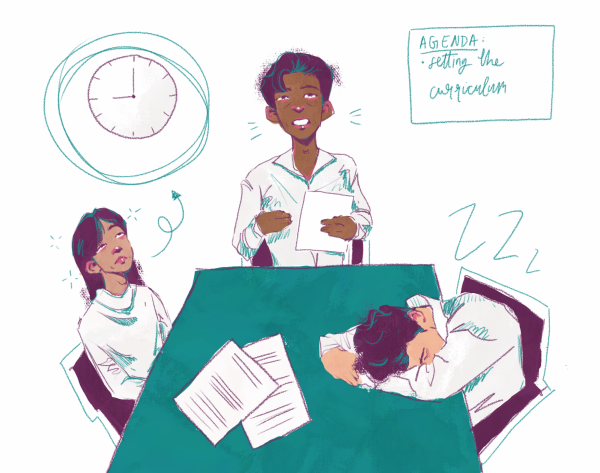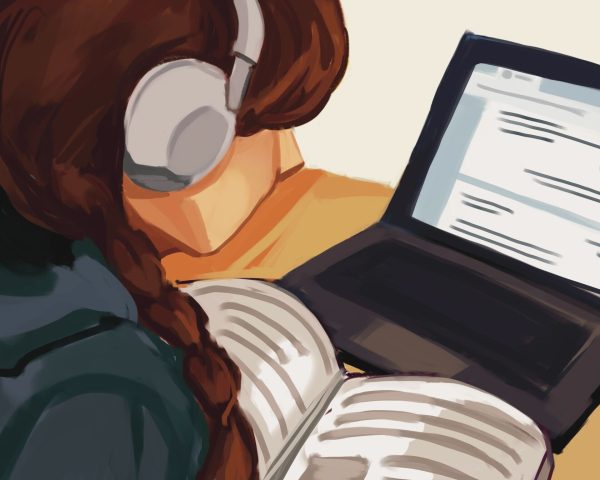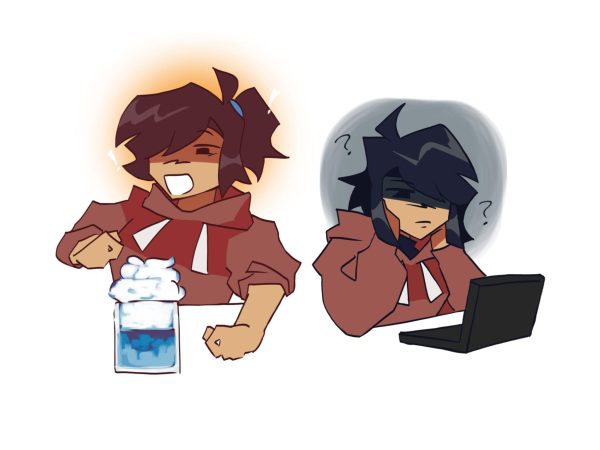Elective requirement hinders choice in school curriculum
Combining art and carrer elective requirements would give students an extra class period to pursue interests
It’s that time of year again, the “I can’t believe I wasted an entire year in that class” and “I’m not taking another one of these classes again” attitudes begin to float around campus, as students brace for the end of the school year.
Such feelings that many students have for classes they find boring or meaningless have existed for years now, despite teachers’ attempts to modify their lesson plans and teaching styles in order to alleviate this issue. No matter how radically classes’ curricula change, the same feeling still flows: often times, students find little interest in classes that they are forced to take just to meet graduation requirements.
Core classes have always served as the most basic prerequisites for high school graduation, but our daily schedules still accommodate for two to three classes denoted as “electives.” Students are able to select elective classes that may deviate greatly from the standard English or laboratory science classes; however, even in these classes, many still complain that either the teacher was mediocre or the course’s content was not to his or her liking. As a result, teachers continue to question what they are doing wrong when, despite their efforts, students remain dissatisfied.
Sure, not every teacher can satisfy every single one of his or her students, but the lack of satisfaction in elective classes may be partially due to the current graduation requirements. In order to graduate and be eligible to attend a University of California (UC) or California State University (CSU) school, one must pass a “yearlong course in visual and performing arts” and a “year of an elective chosen from any area on approved A-G course list,” according to the Palo Alto High School Course Catalog. Although the two yearlong requirements seem very lenient, there remains two main flaws that have caused both students and elective teachers great distress.
The result of mandating both Visual and Performing Arts (VPA) and Career Technical Education (CTE) requirements is counterintuitive. The UC and CSU demand a year of both VPA and CTE classes in order to give students a well-rounded education. By doing so, many hastily fulfill the bare minimum of one of the requirements while devoting the rest of his or her elective classes to subjects which will satisfy the other requirement.
Required electives defeat the purpose of creating well-rounded students and does not relieve them of their unsatisfactory feeling of wasted time at the end of the year. Separating the UC, CSU and Paly graduation requirements for VPA and CTE has created the same sticky situation that was to be avoided in the first place. In fact, with the current system, students are further restrained from possessing full control over their electives.
Dividing elective courses into two separate categories forms multiple social injustices that may be solved by other methods. By making the VPA and CTE requirements mutually exclusive, the UC and CSU colleges inherently imply that arts classes fail to provide the skills required in a stable workplace. Although some VPA courses may be taken for CTE credit and vice versa, the split sets the precedent that the arts and professional careers are in little ways related. In the same way, if the UC and CSU systems were to mandate one year of required computer science or engineering technology coursework along with a general CTE requirement, we would encounter the same problem; dissatisfied students would be required to fill a period with an engineering class that they would rather not take in order to graduate. Therefore, there’s no need to separate the arts from applied academics.
Combining VPA and CTE requirements into one general elective category would please many students, as they would be less inclined to simply enroll in a class for the sole purpose of knocking off a graduation requirement. Although it may seem complicated to merge the two UC/CSU requirements, the result would create a less restrictive curriculum for students allowing them to take classes which truly interest them. Ultimately, merging the two requirements into a one would help improve the overall scholastic curriculum and allow students to have more space in their class schedule for classes of their choice.
Your donation will support the student journalists of Palo Alto High School's newspaper












